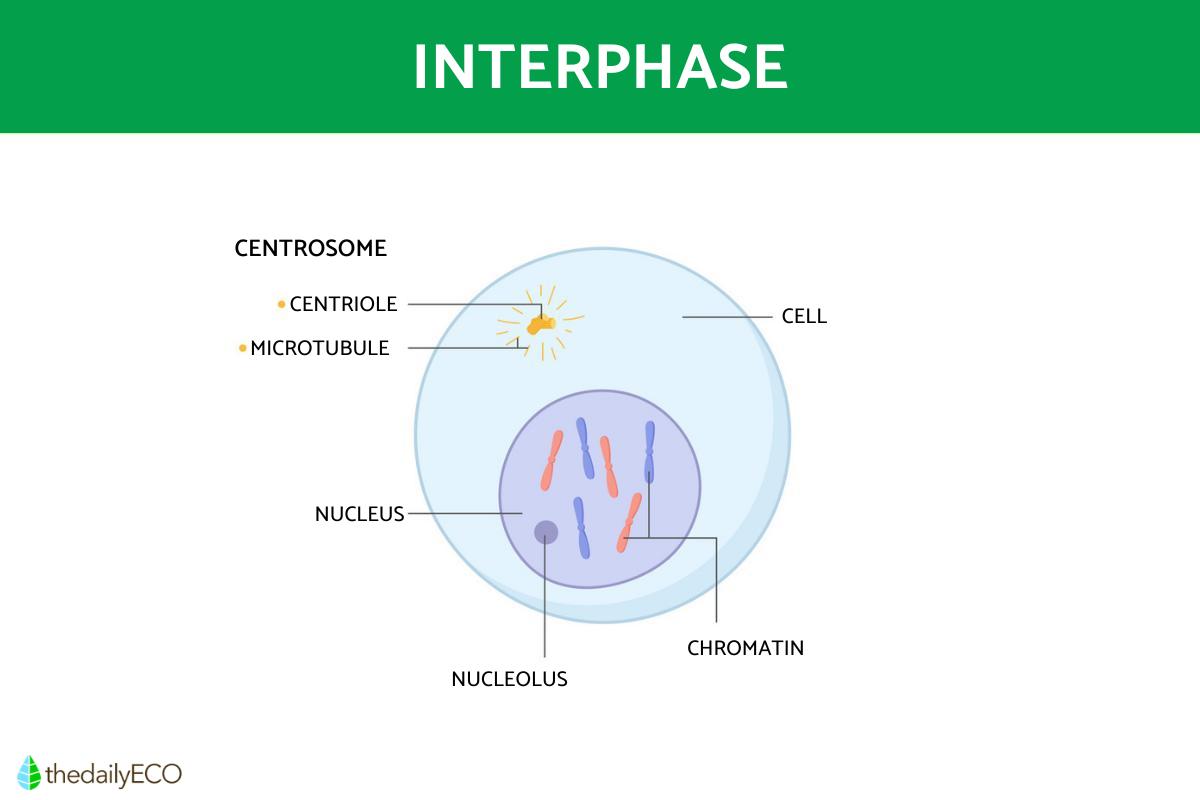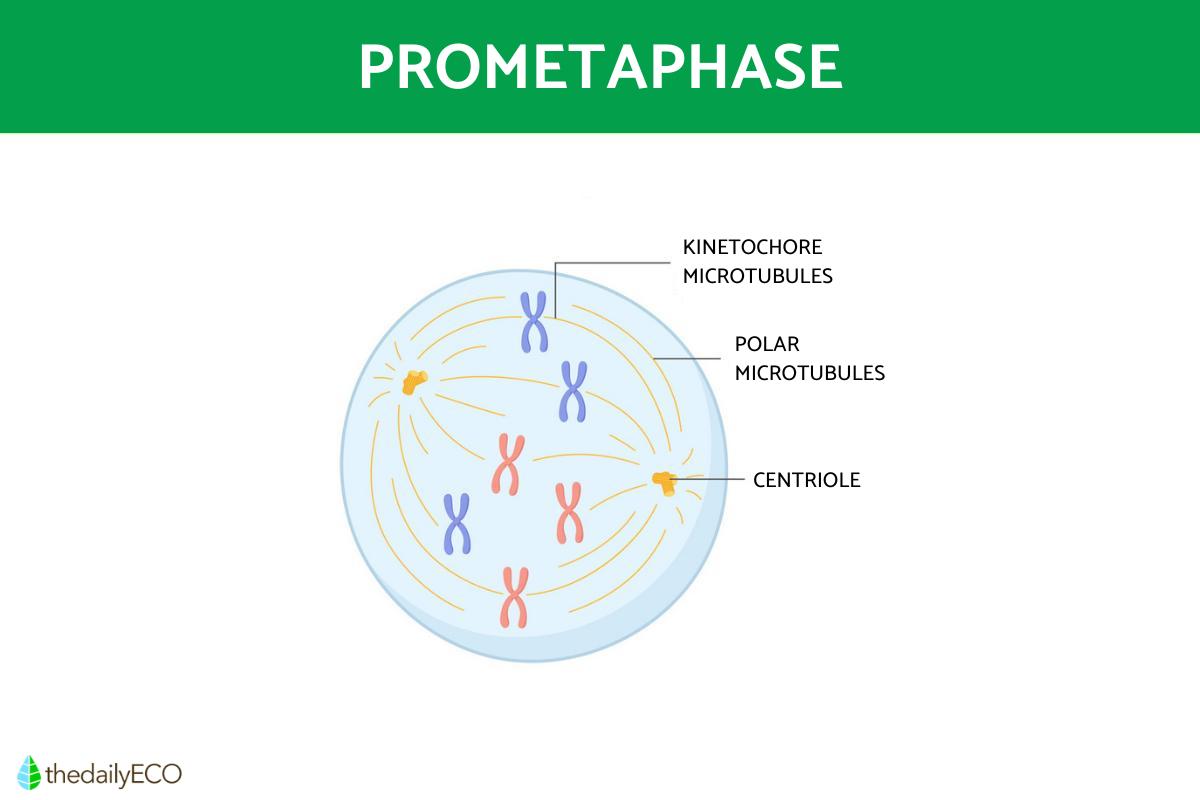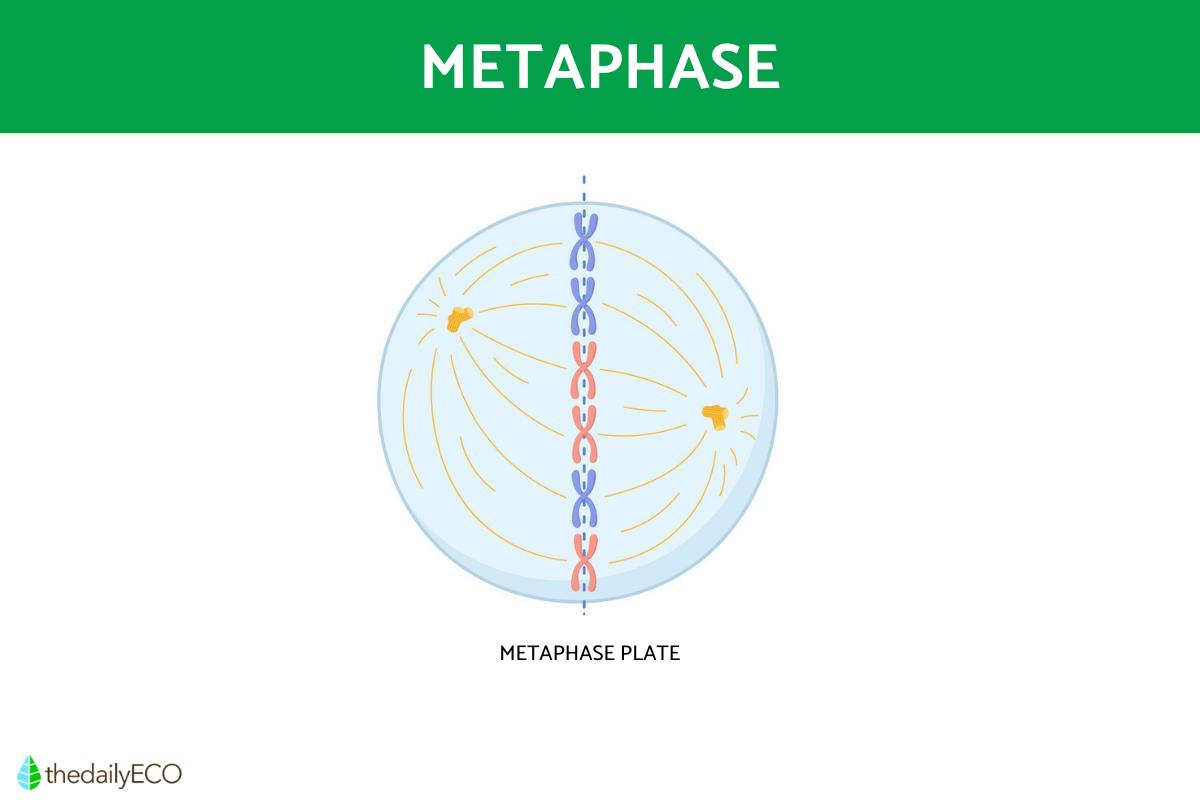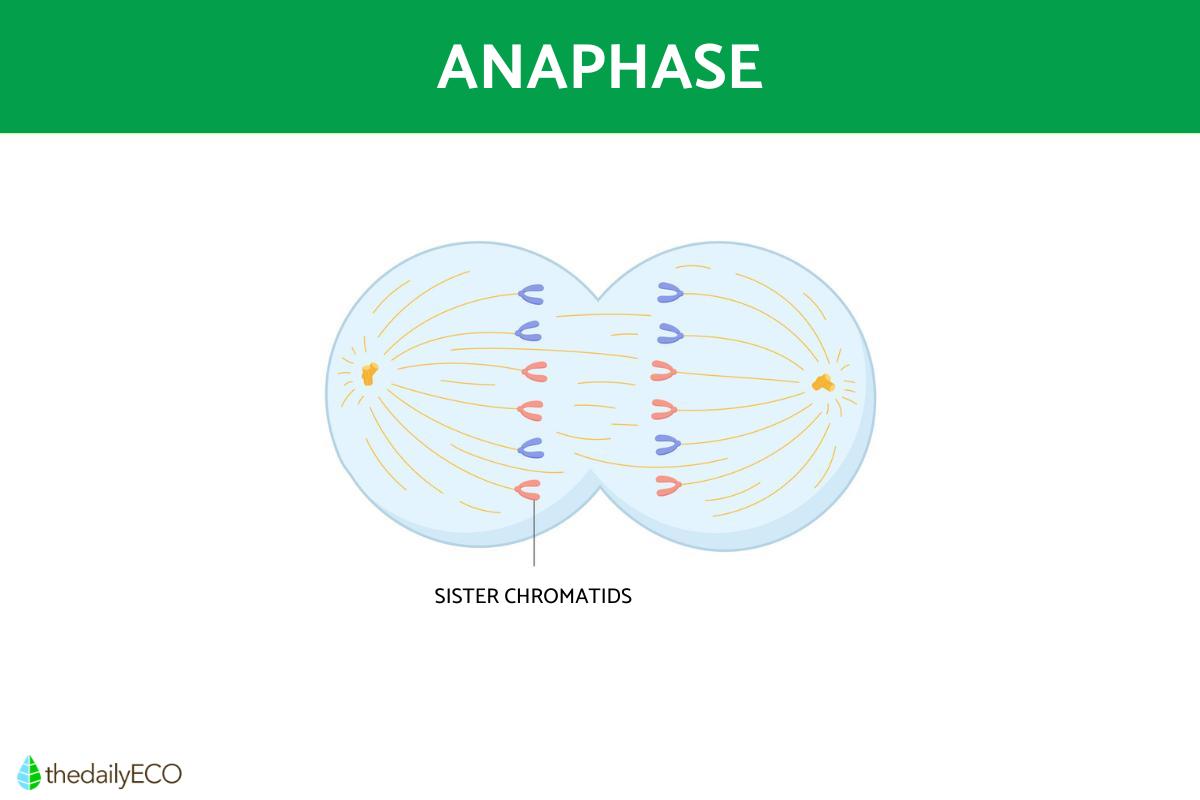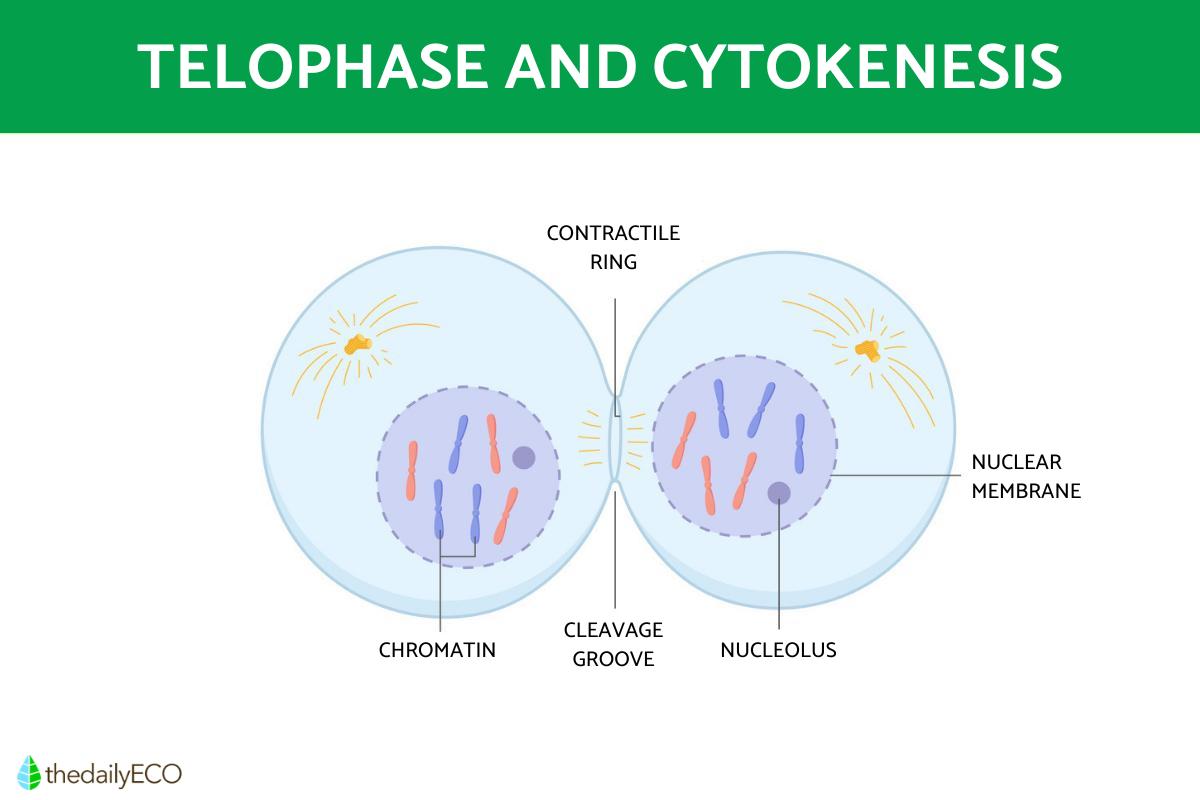Phases of the Cell Cycle - Summary


Cell division is a vital biological process which allows life on our planet to continue. Although they are made of atoms, the cell is the basic building block of living beings. It is from cellular behavior that anatomical and physiological changes occur within organisms. Like the larger organisms of which they are constitutional parts, cells themselves need to reproduce in order to survive. Cells proliferate and fulfill their functions thanks to each of the phases that make up the cell cycle.
If you are interested in the subject, thedailyECO provides a basic summary of the phases of the cell cycle. We break down the events and changes that occur during these cell cycle stages, as well as provide diagrams to better illustrate them.
What is the cell cycle?
The cell cycle is the set of stages or ordered phases of a cell during its division process. It begins with the duplication of genetic material within a mother cell and ends with a larger amount of independent daughter cells. The amount and characteristics of daughter cells depends on the type of cell cycle:
- Mitotic cell cycle: results in two genetically identical daughter cells.
- Meiotic cell cycle: results in four daughter cells with half the chromosome load of their parent.
The process of cell cycles are regulated by:
- Various enzymes
- Proteins
- Other compounds such as kinases, cyclins and inhibitors
We have already explained that different amounts of cells can be reproduced. This is thanks to the different types of cells result in different cell cycles:
- Mitosis: the process through which somatic eukaryotic cells divide. We can divide the mitotic cell cycle into the four main phases of:
- G1 phase
- S phase
- G2 phase
- M phase
- Meiosis: the process that develops in the sexual glands to produce gametes or sexual cells (eggs and sperm). It involves the division of a diploid stem cell (with full 2n chromosome load) to give rise to four haploid daughter cells (with half the 1n on chromosome load). We can divide the meiotic cell cycle into three main phases:
- Interphase
- Meiosis 1 (which includes prophase I, metaphase I, anaphase I and telophase I)
- Meiosis 2 (which includes prophase II, metaphase II, anaphase II and telophase II)
In the next sections, we will explain in detail each of the phases that make up the mitotic cell cycle. Before we do, you can learn more about different types of cells with our article on the differences between eukaryotic and prokaryotic cells.
Interphase
The interphase part of mitosis is the longest phase. The cell is maintained in a basal state of functioning and its nucleus is called the interphase nucleus. In turn, the interphase is divided into three separate stages:
- Phase G1: also called ‘Gap 1’ or ‘Growth phase 1’, it is the phase between the end of one cycle and the beginning of another. It lasts between 6 and 12 hours, during which time the cell prepares to divide by increasing its size, synthesizing proteins, enzymes and RNA, as well as carrying out some other metabolic processes. This is where cell differentiation occurs. At this point the cell has a 2n chromosome set.
- Phase S: also called ‘Synthesis Phase’ or ‘Synthesis Phase’, is where the cell duplicates its genetic material to be able to give a complete copy of the genome to each of the daughter cells. The sister chromatids of the chromosomes (which are the two identical strands of DNA that each one has) are formed and the centrosomes are duplicated. It lasts between 10 and 12 hours, almost half the total duration of cell division for a typical mammalian cell. At this point the cell has a 4n chromosome set.
- G2 phase: also called ‘Gap 2’ or ‘Growth phase 2’, it is the phase that precedes mitosis. Here the genetic material is condensed and organized, the cell's components (organelles) are finished duplicating and reorganizing, and specialized proteins and RNA are produced. This phase lasts between 3 and 4 hours.

Prophase
Prophase is the first phase of mitosis, also known as the ‘M phase’. It is where the following processes occur:
- Chromosomes formed during S phase condense in the cell nucleus and the nucleolus disappears.
- The centrosomes separate and migrate to opposite poles of the cell.
- Each centrosome separates into an independent centriole. These begin to form the mitotic spindle or spindle in the cell cytoplasm. The mitotic spindle is a structure made up of microtubules to which the chromosomes will be anchored in order to be able to move towards the center of the cell.
- The chromatin begins to group together and form chromatids. It is these chromatids that later group together to form chromosomes.
- The nuclear membrane begins to break down.
Learn more about the formation of cells with our guide to the difference between plant and animal cells.

Prometaphase
Some cytologists consider that prometaphase and metaphase are the same stage of the cell cycle. If we consider prometaphase as an individual phase, we can say that it is characterized by the following:
- The cell membrane (or cell envelope in bacteria cells) dissolves completely.
- The chromosomes finish condensing and becoming easily distinguishable.
- Disc-shaped kinetochore proteins appear.
- Microtubules from the mitotic spindle begin to invade the nuclear space and engage the kinetochores.

Metaphase
During metaphase, each of the chromosomes that are anchored to the microtubules of the mitotic spindle are transported towards the metaphysical plate or equatorial plane. This is an area of the equator of the cell. It is located equidistant from the centrosomes found at the poles.

Anaphase
In anaphase the sister chromatids of the duplicated chromosomes completely separate and migrate to the respective opposite poles of the cell. In doing so, both daughter cells can inherit one copy of each chromosome. This occurs thanks to the degradation of the cohesive proteins that unite the sister chromatids. It is also a result of the action of the microtubules or mitotic spindle fibers that anchor to the kinetochores of each chromosome.
Chromosomes play an important part in genetic inheritance, something you can learn more about with our guide to the difference between DNA and RNA.

Telophase
Once the complete sets of chromosomes are located at each of the cell's poles, they elongate and unzip again to their old threadlike shape. The mitotic spindle also disappears and the nucleolus and cell membrane of each new daughter cell is formed.
Some cytologists divide telophase into telophase I and telophase II. They consider telophase II to be cytokinesis.

Cytokinesis
To end the cell cycle, the cell membranes of both daughter cells are completely closed and separated. In the case of animal cells, this occurs thanks to a contractile ring of actin and myosin that strangles or pinches them until they divide. In plant cells, a structure called a cell plate is created right in the middle of the two daughter cells. Each new daughter cell has
- Their own cell organelles
- Cytoplasm
- Core
- Cellular membrane
- Complete set of chromosomes
Many cytologists do not consider cytokinesis as a phase of the cell cycle. This is because they believe that it is an independent, but necessary, process that either follows or is simply included in telophase. Others consider it to be a phase of the cell division process that is not included in the M phase.
After the cell cycle or cell reproduction process has been completed, the cell enters the G1 phase again to repeat and perpetuate the cycle. Some cells undergo a temporary postmitotic phase between cytokinesis and the G1 phase called the ‘G0 phase’. It occurs outside of the cell cycle because during this phase the cell performs vital processes not involved with cell division.
Some cells remain permanently in the G0 phase. This is known as the quiescent state and occurs in cells that do not have the ability to divide. An example of this type of cell is neurons.
After a cell has divided numerous times, it ages and enters a state of senescence. Finally comes apoptosis, also known as programed cell death. Necrosis occurs if the cell dies prematurely due to external factors.
If you want to read similar articles to Phases of the Cell Cycle - Summary, we recommend you visit our Biology category.
- National Human Genome Research Institute. (2023). Cell Cycle. Retrieved from: https://www.genome.gov/genetics-glossary/Cell-Cycle
- CancerQuest. (n.d). The Cell Cycle. Retrieved from: https://www.cancerquest.org/cancer-biology/cell-cycle
- Phases of the cell cycle. (n.d). Khan Academy. Retrieved from: https://www.khanacademy.org/science/ap-biology/cell-communication-and-cell-cycle/cell-cycle/a/cell-cycle-phases
- Rodríguez-Gómez, AdJ (2014). Mitosis and its regulation. Acta pediátrica de México, 35(1). https://ojs.actapediatrica.org.mx/index.php/APM/article/view/1029






